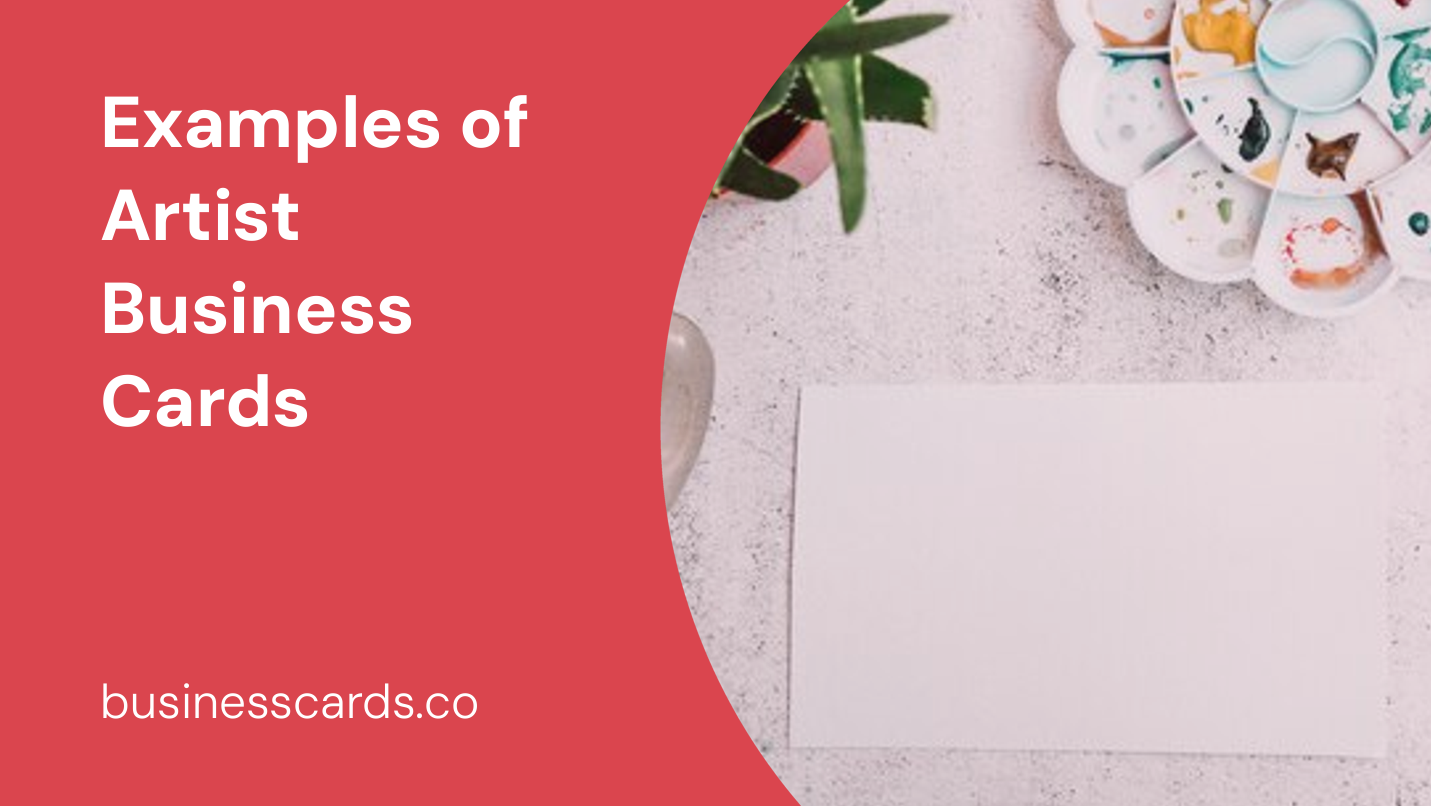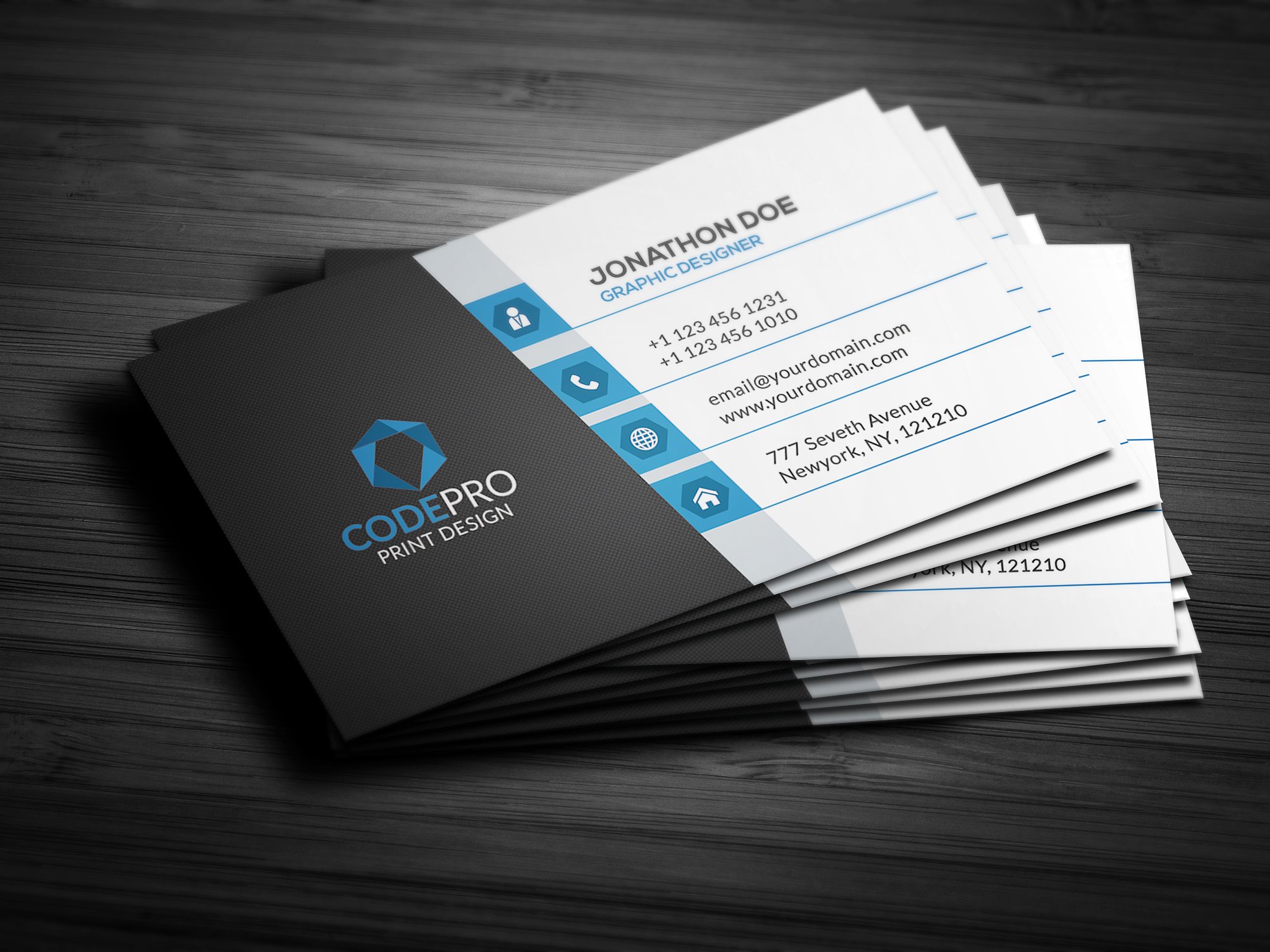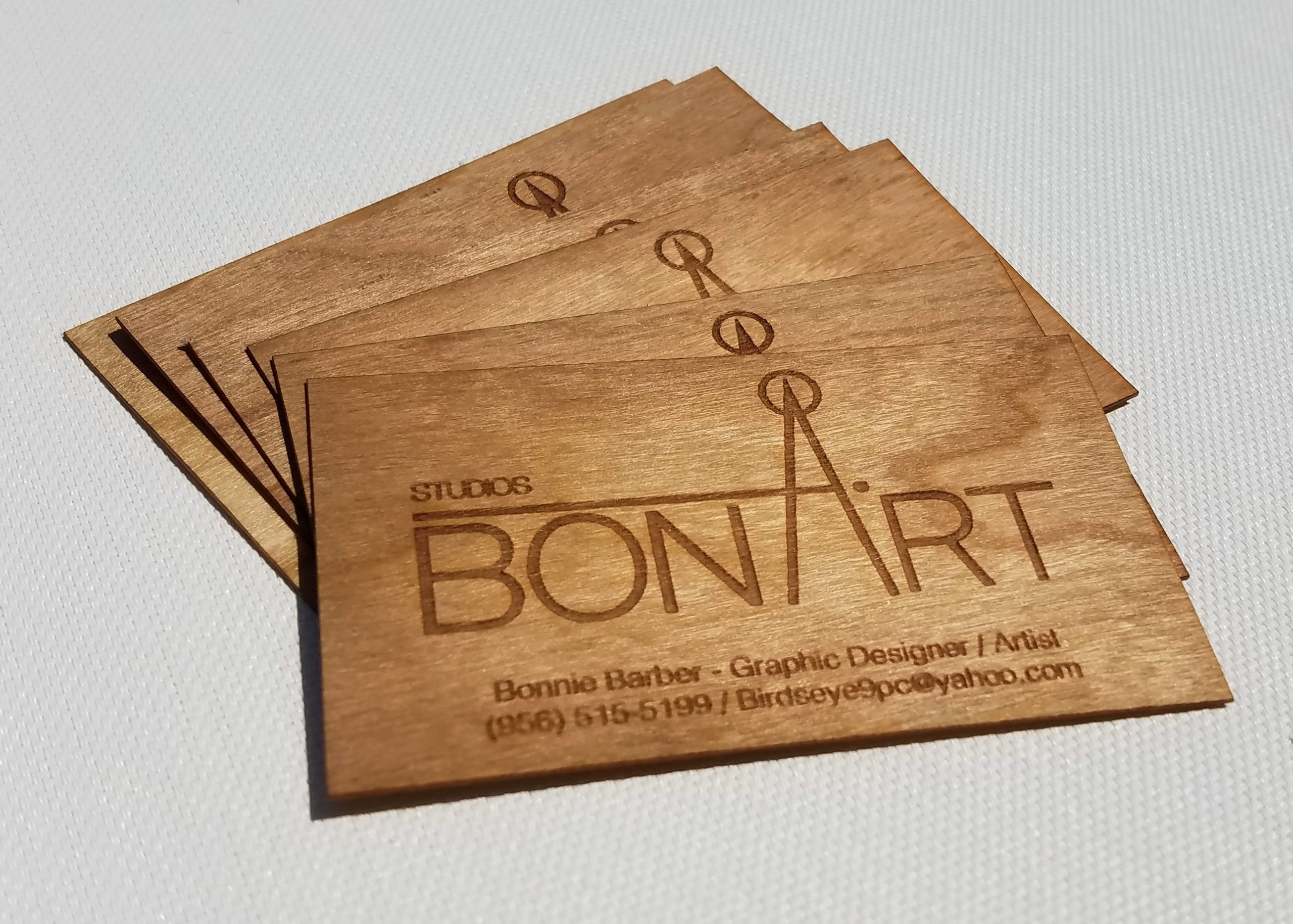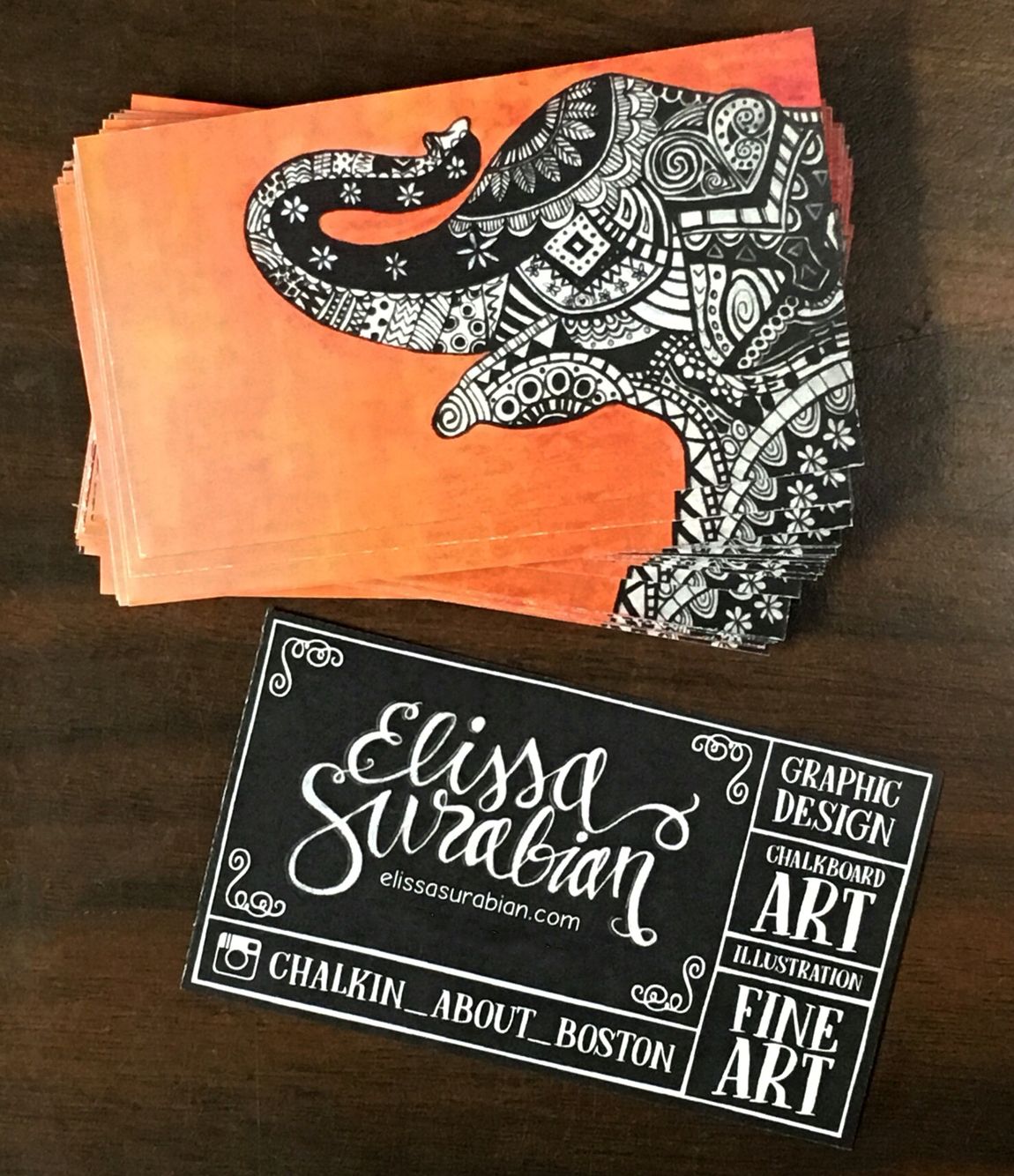
If you’re an artist looking to promote yourself and your work, having a well-designed business card is essential. A business card serves as a small, tangible representation of your art and can leave a lasting impression on potential clients or collaborators. In this article, we will explore some inspiring examples of artist business cards that are not only visually appealing but also effectively showcase the artist’s style and creativity.
Creating a Memorable First Impression

When designing your artist business card, it’s important to make a memorable first impression. Consider using high-quality paper or unique materials to make your card stand out from the rest. For example, you could opt for letterpress printing on thick, textured paper to add a tactile element to your card. This attention to detail will make your card more memorable and reflect your artistic vision.
Minimalist Elegance
Minimalist designs are growing in popularity due to their simplicity and sophistication. This approach allows your artwork to be the focal point and ensures a clean and elegant look. Use a minimalist color palette, such as black and white or muted tones, to create a sense of refinement. Consider incorporating negative space to enhance the simplicity of your design. This minimalist style is perfect for artists who want to convey a sense of professionalism and modernity.
Vibrant and Colorful
On the other end of the spectrum, vibrant and colorful designs can be eye-catching and reflect the artist’s personality. Use bold and bright colors that match your artistic style to make your business card pop. Incorporate your artwork or illustrations into the design to make it more personalized and visually striking. Remember to strike a balance between being bold and overwhelming â_x0080__x0093_ you want your card to be attention-grabbing without being distracting.
Showcasing Your Artwork

One of the main purposes of an artist business card is to showcase your artwork. By including samples of your work on your card, you give people a taste of what you create and leave them wanting more. Here are a few ways to effectively showcase your artwork on your business card:
Spot UV or Foil Accents
Spot UV or foil accents are techniques that can be used to highlight specific areas of your artwork. This technique involves applying a glossy or metallic finish to certain parts of the design, adding depth and texture to your card. By selectively applying the spot UV or foil, you can draw attention to specific elements of your artwork, making it stand out and leave a lasting impression.
Die-Cut Designs
Another creative way to showcase your artwork is through die-cut designs. By using a custom die, you can create unique shapes or cutouts in your card that complement your artwork. For example, if you’re a painter, you could create a business card in the shape of a palette or paintbrush. This visually interesting approach will grab attention and make your card memorable.
Interactive Elements
Adding interactive elements to your business card creates a memorable and engaging experience for the recipient. Consider including a QR code that links to your online portfolio or social media accounts, allowing people to explore your artwork further. You could also incorporate augmented reality (AR) technology into your card, turning it into an interactive art piece that comes to life when viewed through a smartphone or tablet. These interactive elements not only showcase your artwork but also demonstrate your technological savvy and willingness to embrace innovation.
Typography and Fonts
Choosing the right typography and fonts for your artist business card is crucial in conveying the right message and aesthetic. The font you use should reflect your artistic style and be legible at various sizes. Handwritten or script fonts can add a personal touch to your card, while serif or sans serif fonts can communicate professionalism and modernity. Experiment with different combinations and sizes to find a typography style that complements your artwork and overall design.
Contact Information

While the visual aspect of your artist business card is essential, it’s equally important to include all relevant contact information. Ensure that your name, phone number, email address, and website or social media handles are clear and easy to read. You can also consider adding a QR code that leads directly to your online portfolio or a specific artwork. When considering the layout, make sure the contact information is easily accessible and not overshadowed by the design elements.
In Conclusion

Having a well-designed artist business card is an effective way to promote your work and leave a lasting impression on potential clients or collaborators. Whether you choose a minimalist approach, a vibrant and colorful design, or something in between, make sure to showcase your artwork effectively and incorporate visually interesting elements. Remember to choose the right typography and fonts, and ensure that all relevant contact information is clear and easily accessible. By creating a memorable and visually appealing business card, you can enhance your professional image and increase your chances of success in the art world.
Isabella, a branding guru, merges her love for storytelling with her marketing expertise. Her fascination with cultural diversity and travel lends a global perspective to her writing about business cards and graphic design. In her free time, she explores new cuisines and documents her culinary adventures.